No Man's Land (Wyndham's Theatre) ★★★1/2
It was in early 1974, while Harold Pinter was in America and working on a screen adaption of F. Scott Fitzgerald’s The Last Tycoon, that the originating image of No Man’s Land occurred to him:
I remember, I was sitting in this taxi and I actually saw two people sitting in a room and one of them was about to pour the other one a drink and he said: ‘As it is?’ and the other character said: ‘As it is, yes please, absolutely as it is.’... It’s the way I think writing – in my case, dramatic fiction – works. You have to follow the clue of what you’re given ... to have a donnée, a given fact. If I don’t have that, I’m in the desert.
Continue reading for only $10 per month. Subscribe and gain full access to Australian Book Review. Already a subscriber? Sign in. If you need assistance, feel free to contact us.



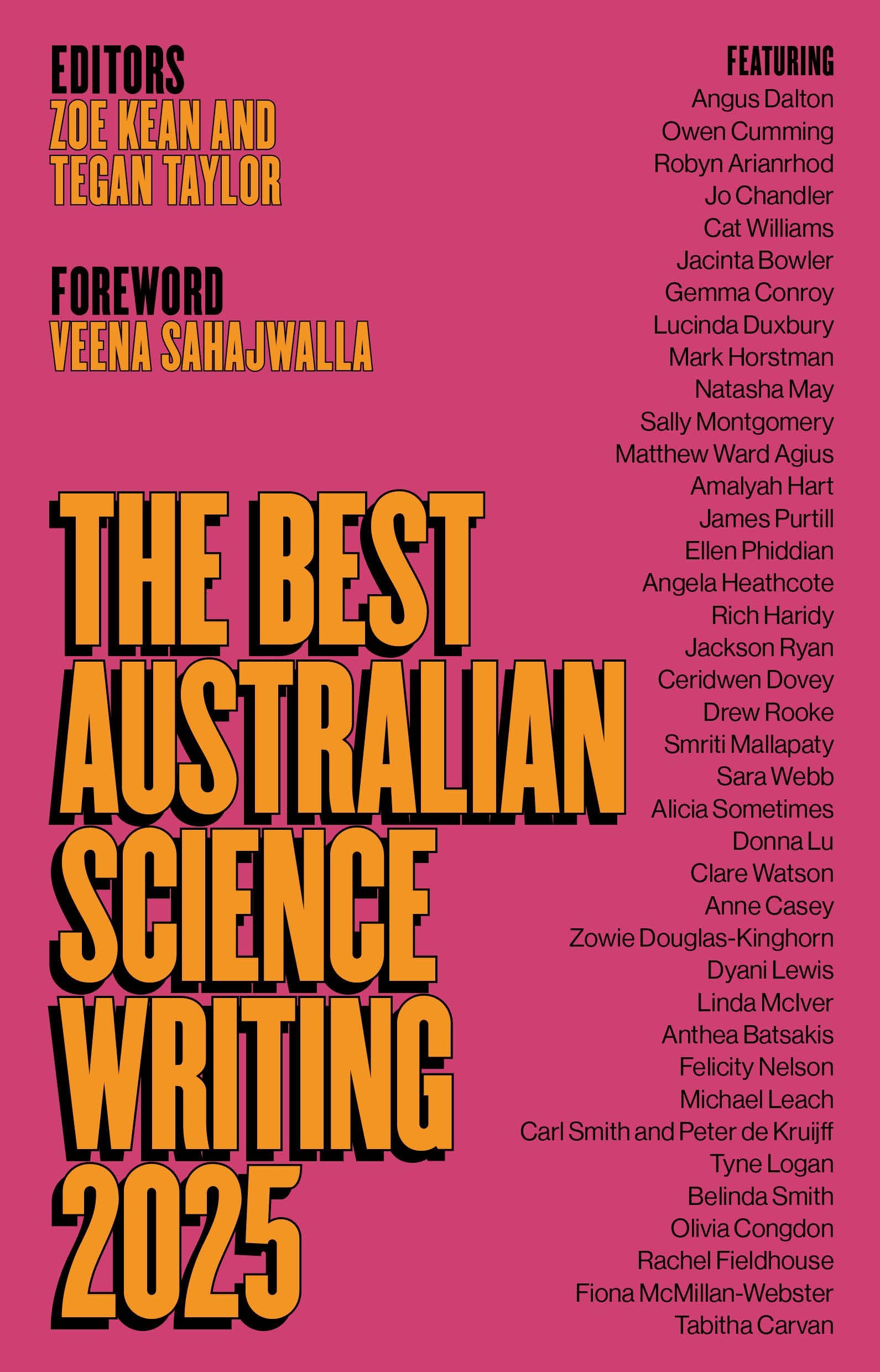
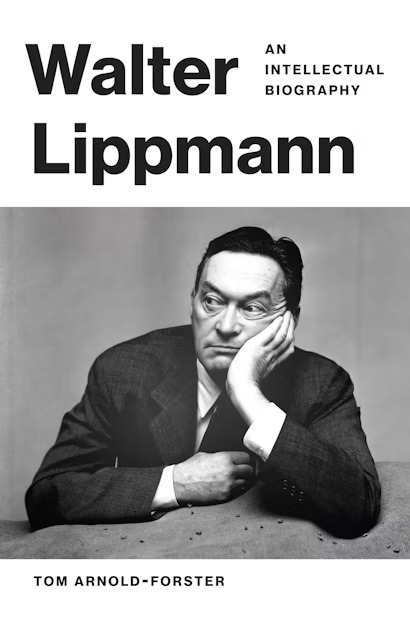
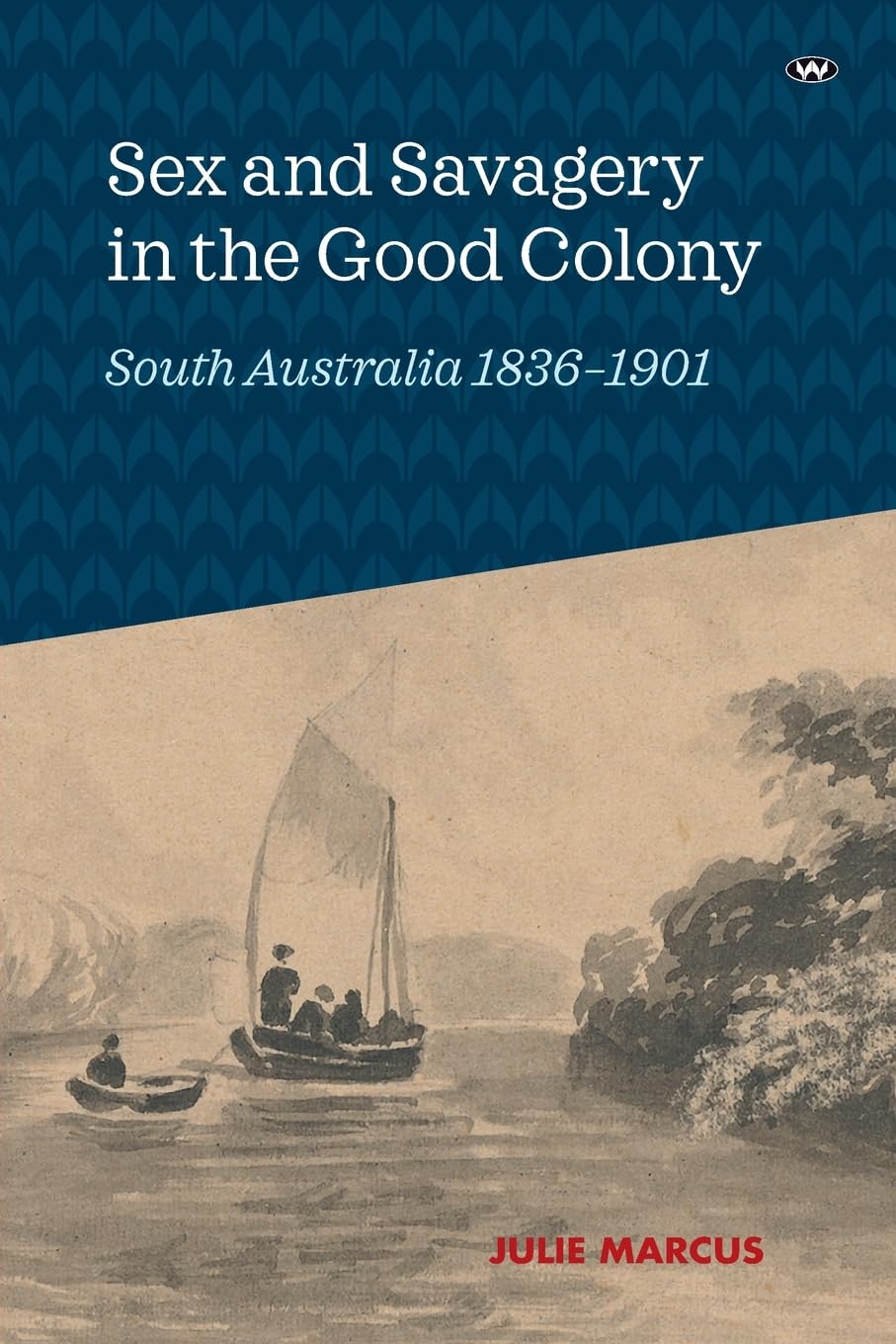
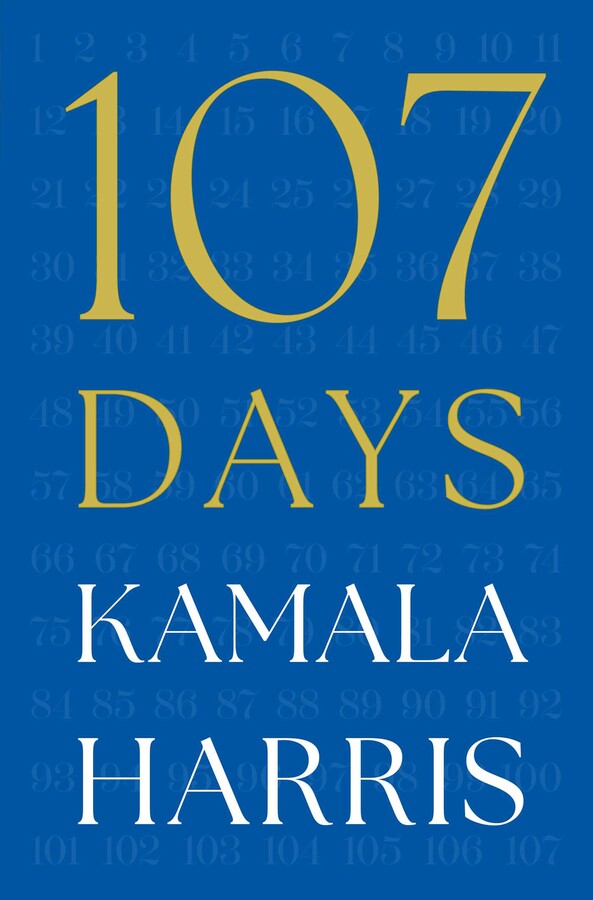
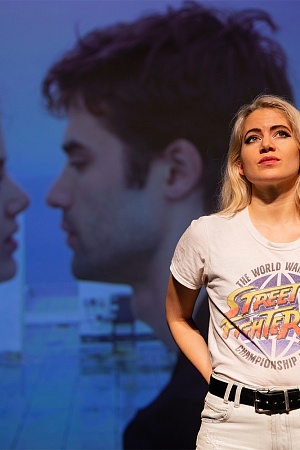

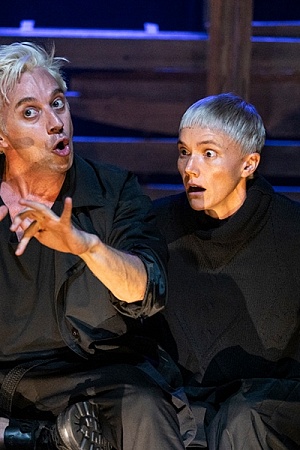
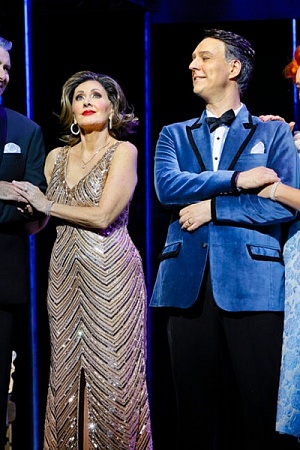
Leave a comment
If you are an ABR subscriber, you will need to sign in to post a comment.
If you have forgotten your sign in details, or if you receive an error message when trying to submit your comment, please email your comment (and the name of the article to which it relates) to ABR Comments. We will review your comment and, subject to approval, we will post it under your name.
Please note that all comments must be approved by ABR and comply with our Terms & Conditions.